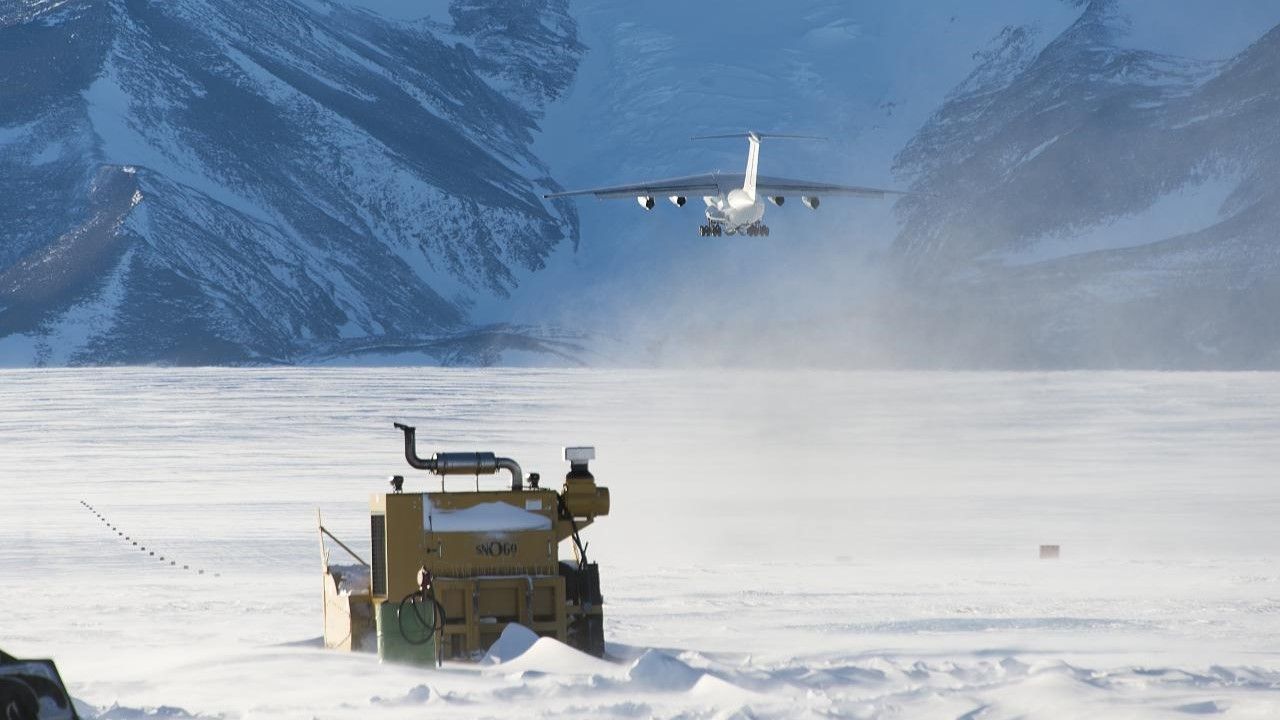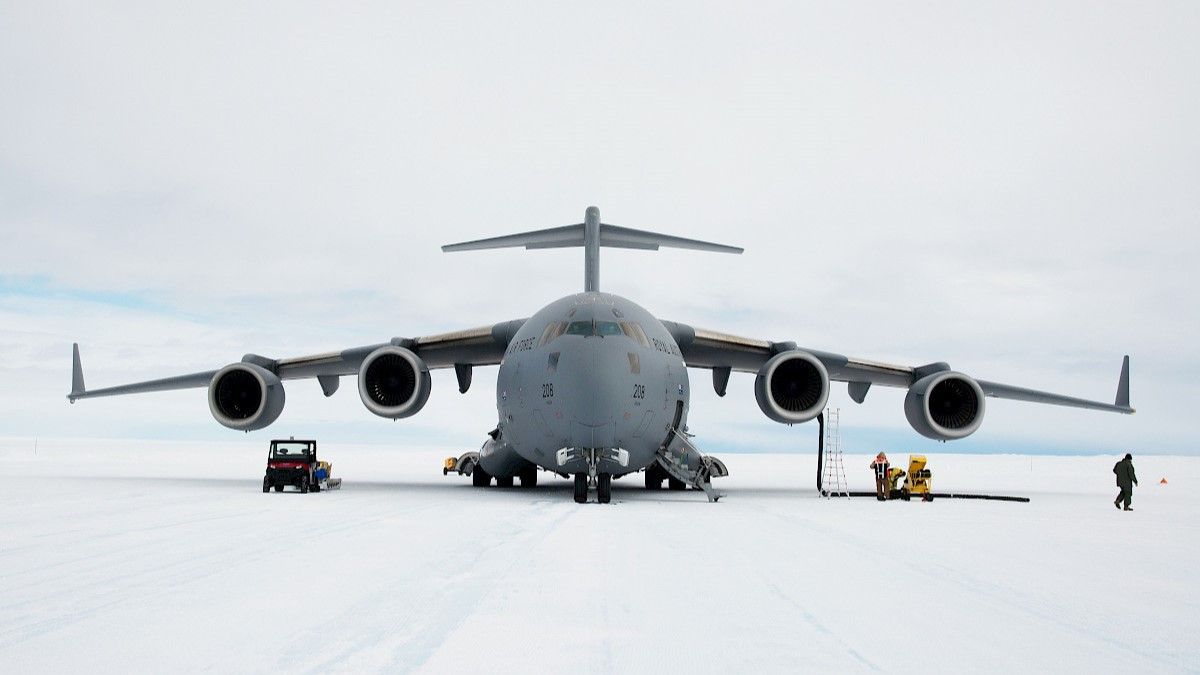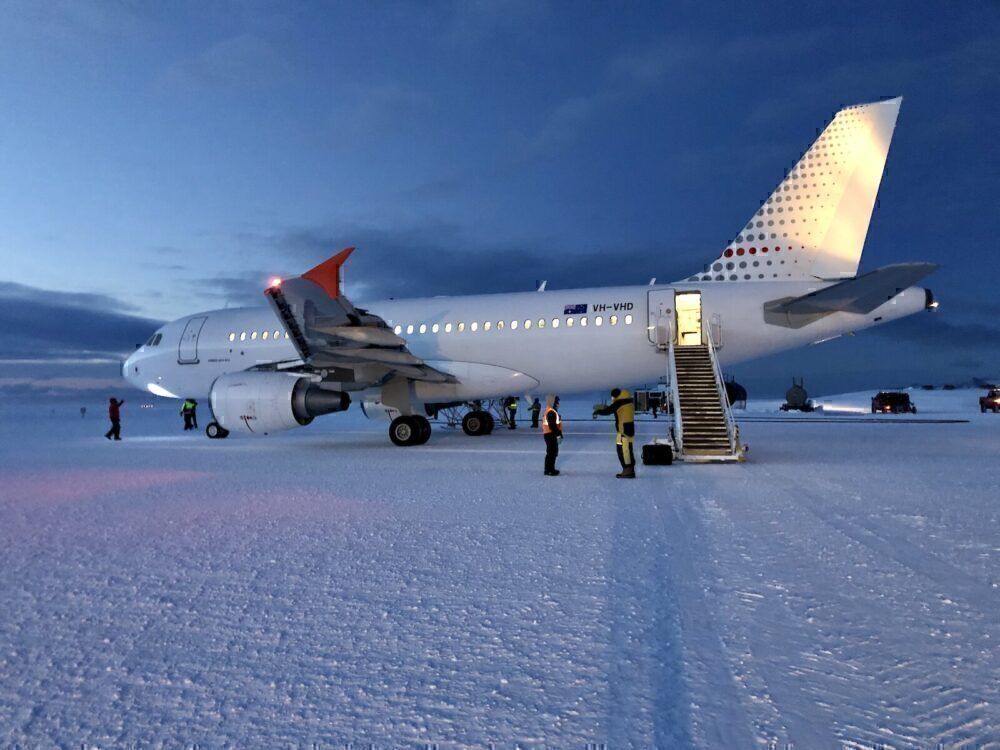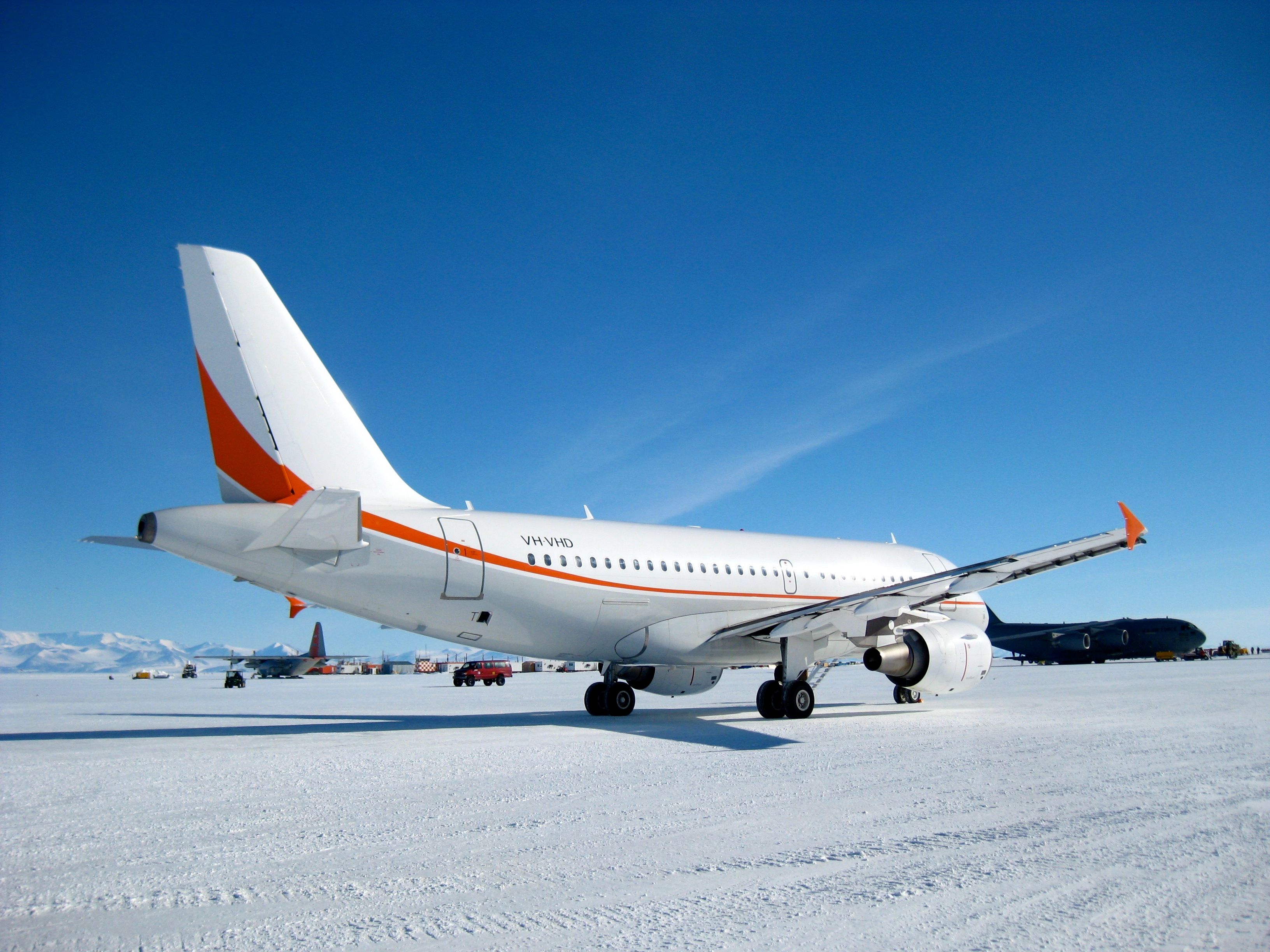Summary
- Antarctic flights have scarce infrastructure, harsh weather, and ETOPS limits.
- ETOPS regulations restrict overflying the South Pole due to the lack of airports in Antarctica.
- Southern hemisphere cities don’t require South Pole overflights, and regulatory mandates limit such operations.
The South Pole has always had a formidable reputation. It is cold, icy, mountainous, and generally not very welcoming for humans. Only a handful of specialized transport and cargo flights operate in Antarctica, primarily serving the small population there.
But when flying high on a plane, you usually don’t notice what’s happening at ground level. Yet aircraft rarely, if ever, overfly the South Pole, and even flights over the Antarctic landmass are unusual. Why is this?
Antarctic flights are theoretically possible but rarely performed
- Limited Infrastructure: Antarctica’s aviation infrastructure lacks the facilities and systems needed for scheduled commercial flights. The scarcity of airports and refueling stations only adds to the extreme situation at the South Pole.
- Harsh Weather Conditions: Antarctica is known for its harsh weather conditions, including unpredictable storms, blinding blizzards, and winds. Such environmental conditions pose a serious risk to flight operations. Moreover, demand-specific operations, pilot training, and other logistical challenges add to the operational costs.
- ETOPS Regulations: The Extended-Twin-engine Operational Performance Standards (ETOPS) regulate the distance twin-engine aircraft must remain within a certain distance of an airport. The limited number of airports in Antarctica makes it difficult for aircraft operators to comply with these regulations.
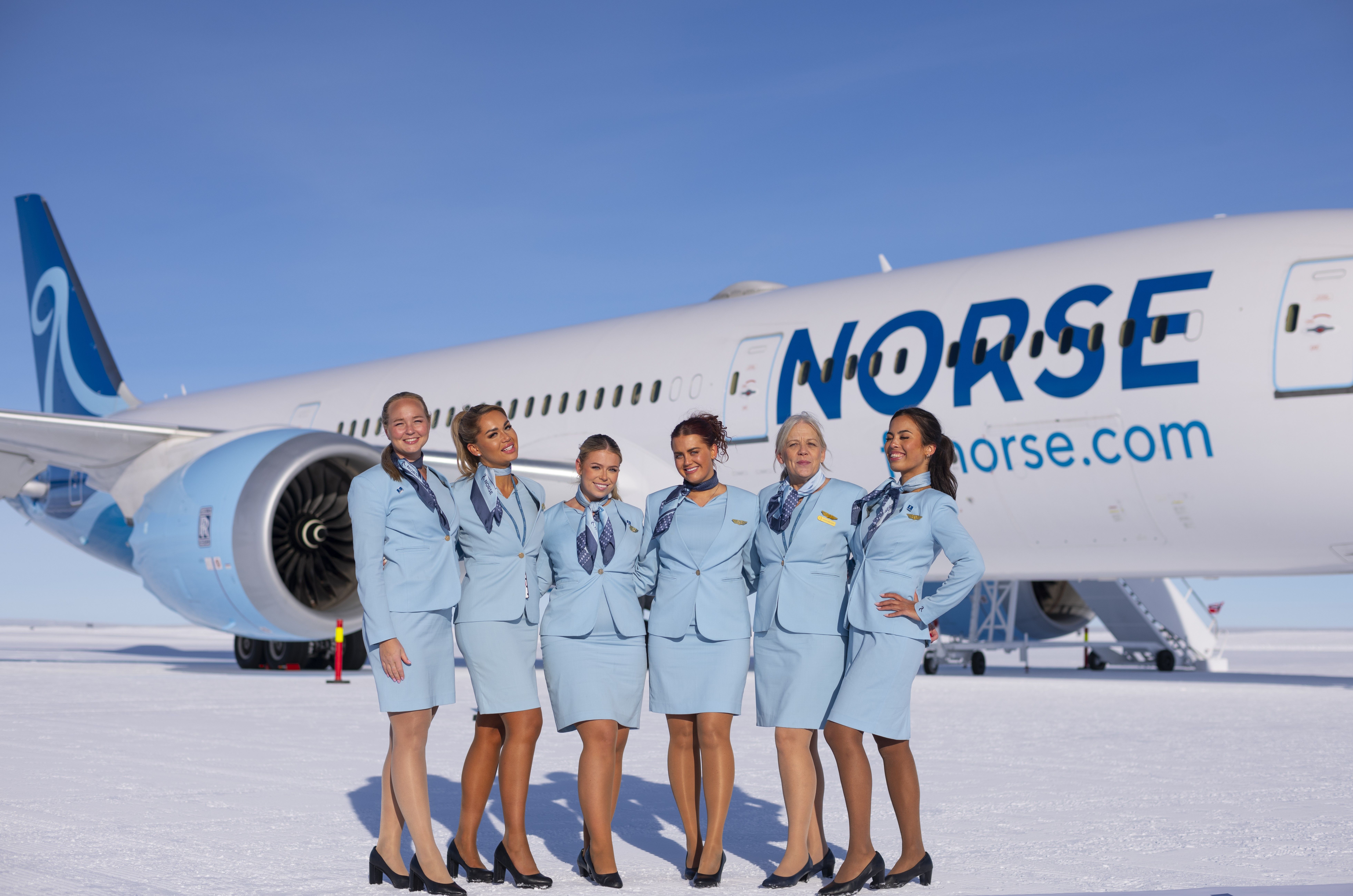
Related
Watch: Norse Atlantic Successfully Landed The First Boeing 787 Dreamliner In Antarctica
The 787 Dreamliner can carry more passengers and cargo than the usual Antarctic visitors.
Historically, extended-range twin-engine operational performance standards have ruled out flying close to or over the South Pole. ETOPS governs how far away twin-engine jets can fly from an airport where they can land. Overland has many airports, so this is no problem. However, things have become tricky in the Antarctic.
Photo: Australian Antarctic Division
These days, some aircraft have ETOPS limits of 330 minutes (5.5 hours) and even 370 minutes (just over six hours). Even with these high ETOPS limits, parts of the airspace above Antarctica are still out of reach. However, this doesn’t necessarily matter.
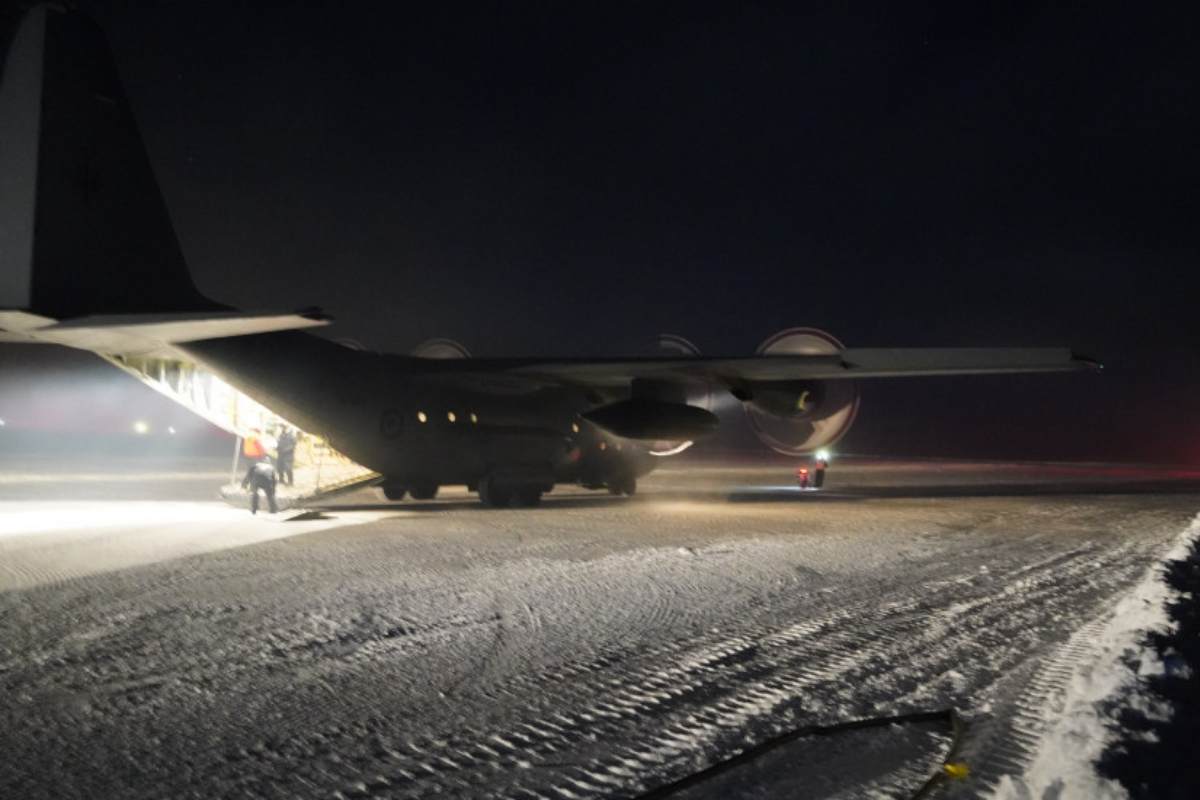
Related
Royal New Zealand Air Force Flies C-130H Hercules For Mid-Winter Medical Evacuation Of American In Antarctica
A New Zealand C-130 Hercules successfully evacuated an American in need of medical attention from Antarctica to New Zealand.
According to the Sheffield School of Aeronautics,
“Flying over Antarctica is difficult because of the low visibility that happens during snowfalls and whiteouts. Low visibility is an especially difficult condition for pilots to fly under since they need to have a clear view of the area that they are flying over so they can see the runway or any obstacles that may be there, like ice and other debris.”
There’s no real need to fly over the South Pole. There’s a lot less airline traffic in the far reaches of the southern hemisphere than in the northern hemisphere. For example, the southern hemisphere doesn’t have the equivalent of those typically busy sub-polar routes between North America and Asia.
Photo: Australian Antarctic Program
Also, purely because of where the southern hemisphere cities are located, southern hemisphere city pairings don’t require South Pole overflights. A few flights normally go close to Antarctica, but none regularly overfly it.
The regulatory guidance
The US Federal Aviation Administration (FAA) provides guidance about conducting polar operations. Airline operators must seek prior approval from the FAA and ensure that the operations comply with a comprehensive list of regulatory mandates. According to the FAA,
“The U.S. Federal Aviation Administration (FAA) requires U.S. operators to obtain specific approval to conduct polar operations. The approval process validates airlines’ preparedness to conduct such operations. The FAA defines the North Polar area of operations as the area lying north of 78 deg north latitude.”
The FAA guidance outlines ten issues airlines must consider before commencing polar operations. Notably, these issues generally limit airlines’ South Pole operations.
- Airport requirements for designation as en route alternates – a sufficient set of alternate airports must be defined.
- Airline recovery plan for passengers ar diversion alternates – an FAA-approved recovery plan is required for unplanned diversions.
- Fuel freezer strategy and monitoring requirements – establishing a fuel temperature analysis and monitoring program.
- Communication capability – an effective communication capability and channeling for all portions of the flight route.
- Minimum equipment list considerations – fuel quantity indications, APU capability, autothrottle, flight crew communication, and expanded medical kit availability.
- Airline training – training for flight crews and dispatchers, including weather patterns, instructions for maintenance, and special procedures.
- Long-range crew requirements – crew rest plans, progression of pilot-in-command authority.
- Dispatch and crew considerations during solar flare – radiation exposure of air carrier members and training.
- Special equipment – at least two cold weather antiexposure suits onboard.
- Validation requirements for area approval – FAA-observed validation flights and reaction-and-recovery plan.
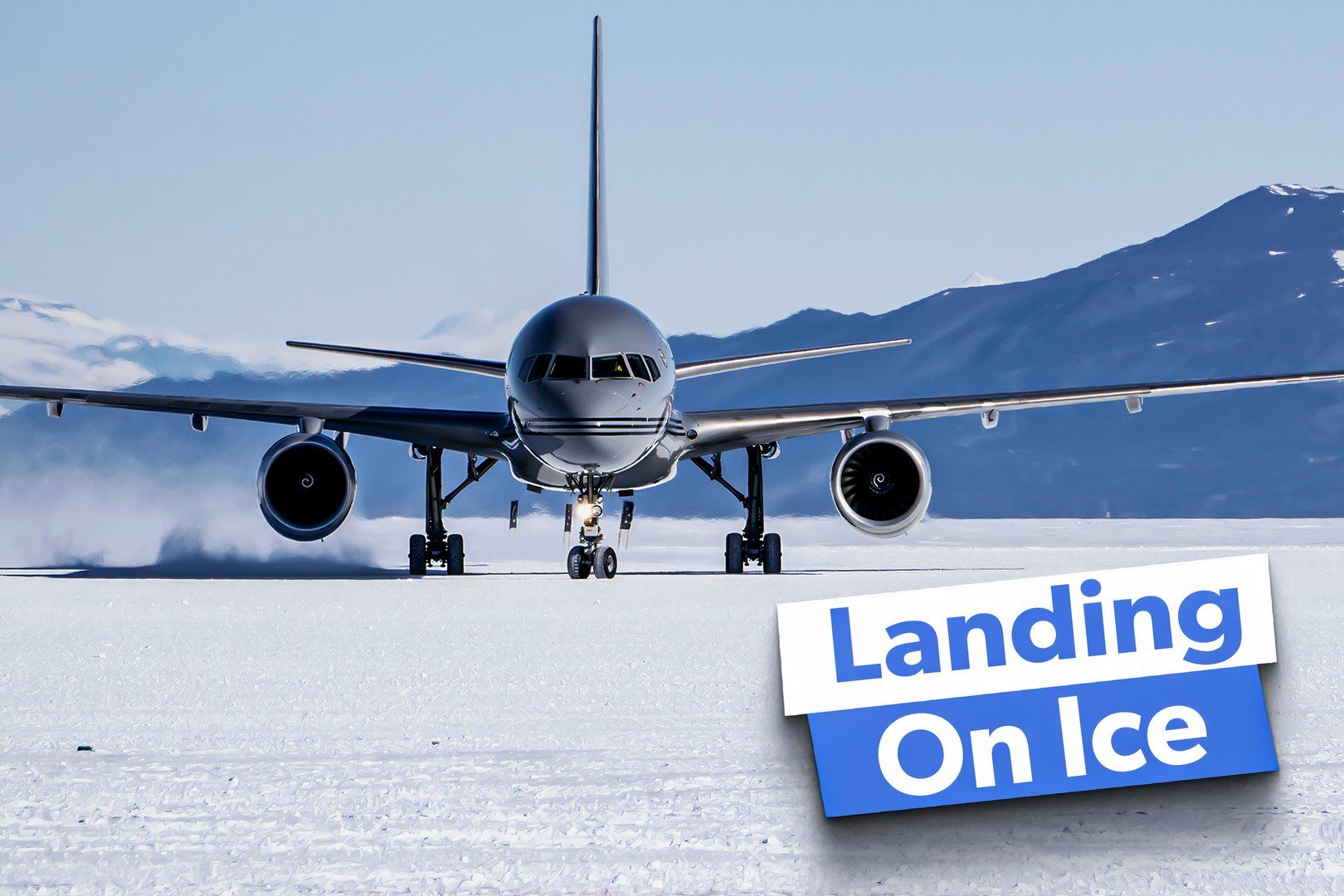
Related
Wolf’s Fang & Troll: What It Takes To Run An Ice Airport In Antarctica
As commercial widebodies increasingly make their way south to Antarctica, we examine was is required to build and manage a blue ice runway.
Do you think flights over the South Pole will ever become more mainstream? Let us know what you think and why in the comments!

